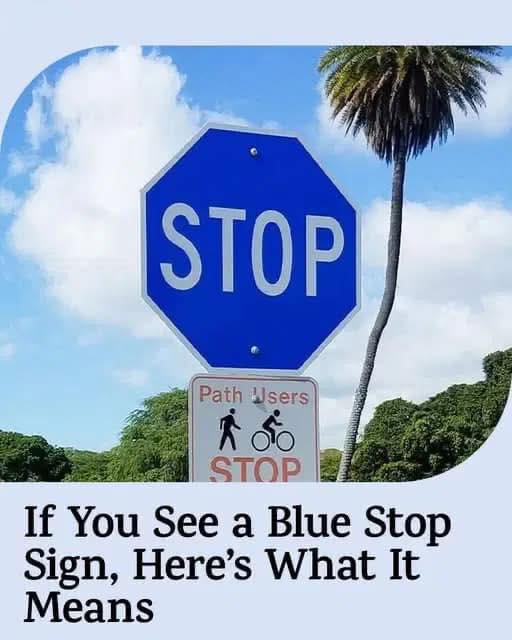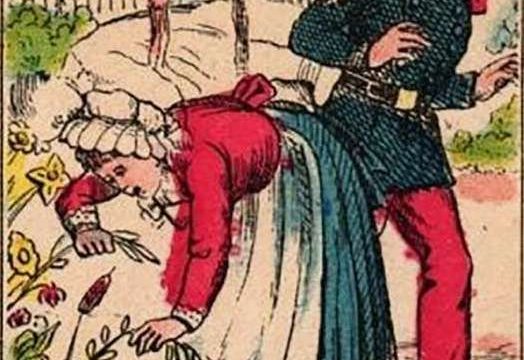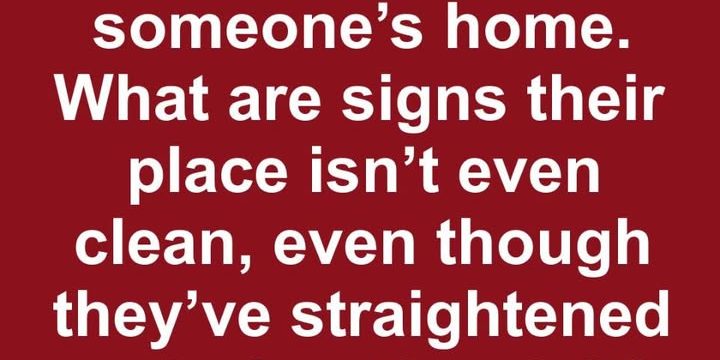We all recognize the classic red stop sign—a fundamental part of road safety, from elementary school lessons to real-life driving experiences. However, while rare, blue stop signs can also be found in certain areas of the United States and around the world. So, what exactly does a blue stop sign signify, and where are they commonly used? Do they serve the same function as the traditional red stop signs, or do they carry a different meaning?

What Does a Blue Stop Sign Indicate?
In the United States, a blue stop sign still means that drivers must come to a complete stop before proceeding. These signs share the same familiar octagonal shape as standard red stop signs but differ in one crucial way: they are not issued by federal or state traffic authorities and are not considered official traffic control devices. Despite this distinction, blue stop signs still serve the same fundamental purpose of directing traffic to stop.
According to the Federal Highway Administration’s Manual on Uniform Traffic Control Devices (MUTCD), all stop signs in the United States have been required to be red since the 1950s. The decision to standardize the color was based on red’s high visibility and its ability to be recognized instantly by drivers. This uniformity helps reduce confusion and ensures that stop signs are easy to spot on public roadways.
While blue stop signs are not used on official roads in the United States, they do appear in other countries where they indicate restricted access or no-entry zones rather than a simple stop-and-proceed rule.
Where Are Blue Stop Signs Found?
In the United States, blue stop signs are almost exclusively found in private areas. Large estates, ranches, private golf courses, and country clubs often use blue stop signs to direct internal traffic without conflicting with official traffic regulations. Hawaii, in particular, has a high number of blue stop signs due to state laws prohibiting the use of official traffic signs on private property. In these cases, blue stop signs allow property owners to regulate traffic flow without violating state rules.
@.thenewwave♬ original sound – The New Wave
Internationally, blue stop signs can be seen in countries such as Japan, South Korea, and Mexico. However, their meaning differs from those in the U.S. Rather than signaling a mandatory stop before proceeding, blue stop signs in these countries often indicate restricted areas or no-entry zones. Drivers encountering these signs are usually expected to turn around rather than come to a complete stop and then move forward.
Despite the presence of blue stop signs in some countries, the globally recognized standard remains the red octagonal stop sign. In 1968, the United Nations established international road sign regulations to ensure consistency across different countries. The inclusion of the red stop sign in these standards has cemented its use as the primary symbol for stopping traffic worldwide.
Can You Install a Blue Stop Sign Near Your Home?
If you own a large property with private roads, you may install a blue stop sign to help control internal traffic. However, blue stop signs are not authorized for use on public streets in the United States. In states such as Massachusetts and others, only officially sanctioned traffic control devices can be installed on public roads. This means that while blue stop signs can be used on private property, they cannot legally be placed on municipal or state roadways.
A key consideration is whether blue stop signs hold any legal authority. Unlike red stop signs, which are enforceable by traffic laws, blue stop signs are generally regarded as advisory rather than mandatory. However, they still serve an important function in controlling traffic flow on private properties, and drivers should treat them as they would any other stop sign to ensure safety.
Why Do Blue Stop Signs Exist?
The main reason blue stop signs are used is to distinguish them from official traffic control signs. Since red stop signs are strictly regulated, alternative colors such as blue allow private property owners to manage internal roadways without violating federal or state regulations. Whether they are found in private communities in the U.S. or marking restricted areas in other countries, blue stop signs serve a unique yet important role in directing traffic.
Final Thoughts
Although blue stop signs are not widely used on public roads, they still play an essential role in traffic management in private settings. In the United States, they are primarily seen on large estates, golf courses, and private communities, where they help regulate traffic without conflicting with federal traffic laws. In other countries, blue stop signs carry different meanings, often indicating restricted zones rather than traditional stopping points.
If you encounter a blue stop sign, it’s always best to treat it like any other stop sign—pause, check for oncoming traffic or hazards, and proceed when it is safe. While blue stop signs may not carry the same legal authority as their red counterparts, they are still placed with a specific purpose in mind. Understanding their significance can help drivers navigate unfamiliar areas safely and responsibly, whether on private roads in the U.S. or restricted-access zones abroad.





